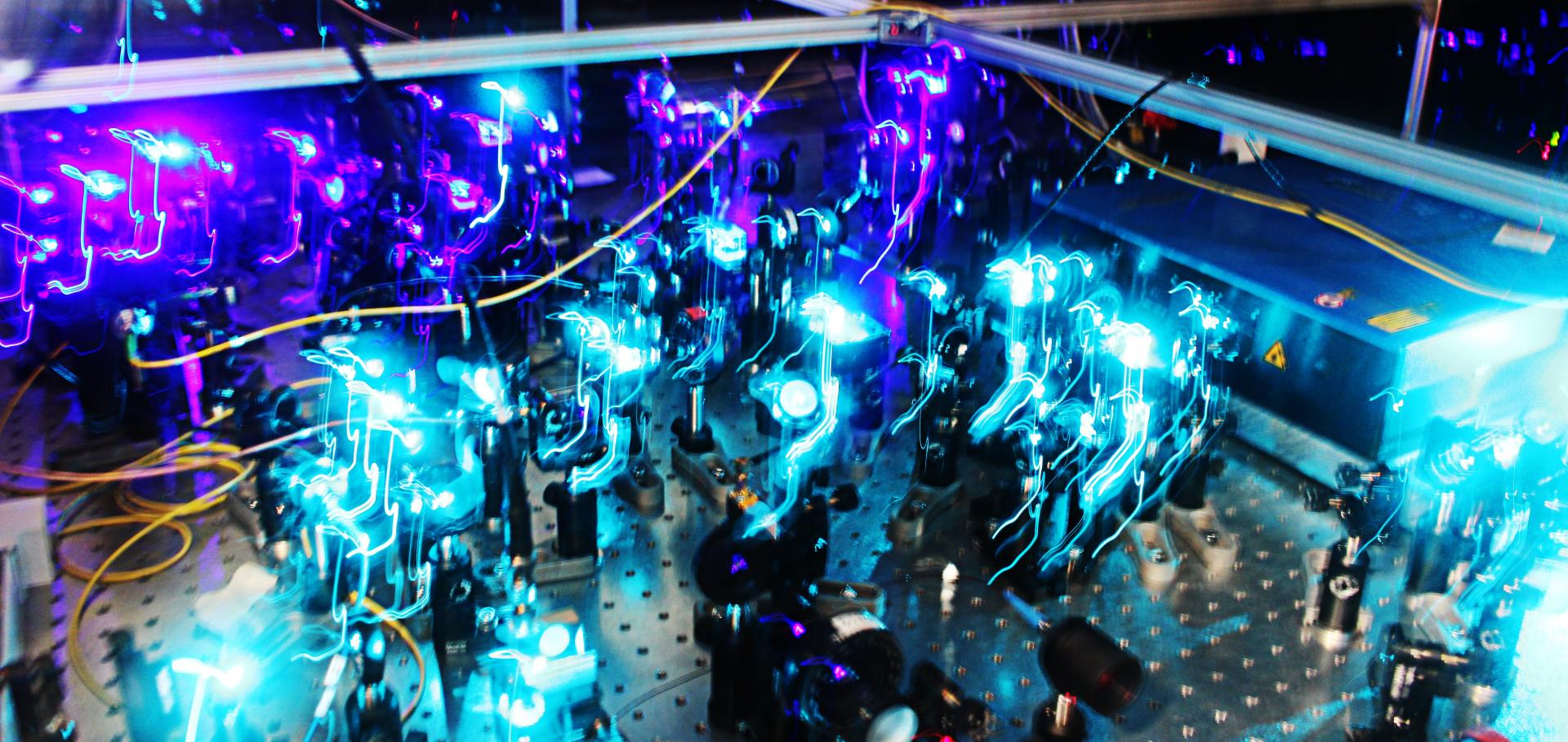Simulating molecules on a cloud-based 5-qubit IBM-Q universal quantum computer
Communications Physics Nature Research 20 (2021)
Abstract:
Simulating the behaviour of complex quantum systems is impossible on classical supercomputers due to the exponential scaling of the number of quantum states with the number of particles in the simulated system. Quantum computers aim to break through this limit by using one quantum system to simulate another quantum system. Although in their infancy, they are a promising tool for applied fields seeking to simulate quantum interactions in complex atomic and molecular structures. Here we show an efficient technique for transpiling the unitary evolution of quantum systems into the language of universal quantum computation using the IBM quantum computer and show that it is a viable tool for compiling near-term quantum simulation algorithms. We develop code that decomposes arbitrary 3-qubit gates and implement it in a quantum simulation first for a linear ordered chain to highlight the generality of the approach, and second, for a complex molecule. Here we choose the Fenna-Matthews-Olsen (FMO) photosynthetic protein because it has a well characterised Hamiltonian and presents a complex dissipative system coupled to a noisy environment that helps to improve the efficiency of energy transport. The method can be implemented in a broad range of molecular and other simulation settings.
A measurable physical theory of hyper-correlations beyond quantum mechanics
Physica Scripta IOP Publishing 96:1 (2020) 015006
Abstract:
whose non-local character exceeds the bounds allowed by quantum mechanics. Motivated by our observation that an extension of the Schroedinger equation with non-linear terms is directly linked to a relaxation of Born's rule, an axiom of quantum mechanics, we derive a physical theory that accounts for such hyper-correlated states and modifies Born's rule. We model correlated particles with a generalized probability theory whose dynamics are described with a non-linear version of Schr\"odinger's equation and demonstrate how that deviates from the standard formulation of quantum mechanics in experimental probability-prediction. We show also that the violation of the Clauser-Horn-Shimony-Holt inequality, the amount of non-locality, is proportional to the degree of non-linearity, which can be experimentally tested.Highly efficient photoluminescence and lasing from hydroxide coated fully inorganic perovskite micro/nano-rods
Advanced Optical Materials Wiley 8:23 (2020) 2001235
Abstract:
The effect of surface passivation on the photoluminescence (PL) emitted by CsPbBr3 micro/nano‐rods coated with Pb(OH)2 is investigated, where a high quantum yield and excellent stability for the emission are found. The CsPbBr3/Pb(OH)2 rods generally present a peak that is blue shifted compared to that seen in rods without a hydroxide cladding at low temperatures. By increasing the temperature, it is further shown that the passivated surface states are very robust against thermal effects and that the PL peak intensity only drops by a factor of 1.5. Localized stimulated emission at defect states found within larger rods is also demonstrated, clarified by spatially resolved confocal PL mapping along the length of the rods. The diffusion parameter of the carrier density distribution is measured to be 5.70 µm for the sky‐blue emission, whereas for the defect lasing site it is found to be smaller than this excitation spot size.Coarse and fine-tuning of lasing transverse electromagnetic modes in coupled all-inorganic perovskite quantum dots
Nano Research Springer 14 (2020) 108-113
Abstract:
Inorganic perovskite lasers are of particular interest, with much recent work focusing on Fabry-Pérot cavity-forming nanowires. We demonstrate the direct observation of lasing from transverse electromagnetic (TEM) modes with a long coherence time ∼ 9.5 ps in coupled CsPbBr3 quantum dots, which dispense with an external cavity resonator and show how the wavelength of the modes can be controlled via two independent tuning-mechanisms. Controlling the pump power allowed us to fine-tune the TEM mode structure to the emission wavelength, thus providing a degree of control over the properties of the lasing signal. The temperature-tuning provided an additional degree of control over the wavelength of the lasing peak, importantly, maintained a constant full width at half maximum (FWHM) over the entire tuning range without mode-hopping.Emergence of correlated proton tunnelling in water ice
Proceedings of the Royal Society A: Mathematical, Physical and Engineering Sciences Royal Society 475:2225 (2019) 20180867


